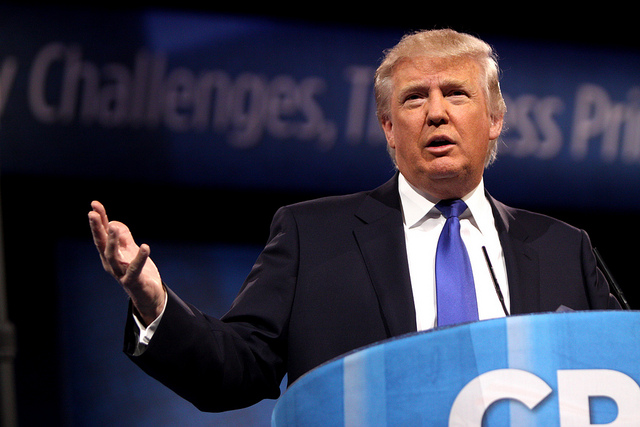
President Trump released a proposal for “2017 Tax Reform for Economic Growth and American Jobs,” which he labels the “biggest individual and business tax cut in American history.” In its current state, the plan enumerates a series of principles that would reduce the tax burden on American workers and generate new economic growth. In the coming months, the president will work with lawmakers to develop these principles into comprehensive, pro-growth legislation.
Elements of the plan, such as eliminating the death tax, reducing the business tax to 15% and simplifying the tax code, represent the cornerstone of Republican fiscal policy. These policies will make the United States a competitive business environment, end the pattern of stagnation that has been plaguing US economic productivity, and create new federal revenues generated by economic growth. According to the Congressional Budget Office, increasing economic productivity by just 1% over the next decade will strengthen the economy and create $3.15 trillion in additional federal revenue.
These principles represent an encouraging first step toward comprehensive tax reform, but there is room for improvement before Trump’s finalized legislation is unveiled.
First, although Trump’s plan does not directly address full business expensing, allowing businesses to immediately recover costs must be a crucial element of tax reform. If businesses were able to immediately deduct the full value of their capital investments, they would face increased incentives to acquire new machinery and expand productive capabilities.
The Tax Foundation models the effects of expensing over the next decade, reporting:
The model estimates that expensing increases the nation’s stock of plant, equipment and buildings by nearly $4 trillion, an increase of over 14 percent. The added capital raises worker productivity. Wages are about 4 percent higher, and hours worked about 1 percent higher, representing nearly a million full time equivalent jobs. These income gains from growth generate added federal revenues in the long term.
This policy would unleash a new era of investment and economic growth, and help Trump to live up to his campaign promise of bringing back American manufacturing.
Second, tax reform will be most successful if it is permanent. Permanency in tax policy creates a culture of certainty that allows business owners to establish clear expectations for the future. Grover Norquist, in a statement to the House Ways and Means Committee, explained, “Certainty means a business owner can plan ahead to invest without concern for their ability to afford the investment and cash flows in the future.”
While members of Congress may still be deliberating on tax reform, the American people are ready for action. According to a poll released by Fox News, 73% of Americans and 61% of Democrats want to see tax reform passed this year. The president plans to galvanize this popular support by hosting roundtables, traveling the country, and bringing industry experts to Washington.
The Trump administration’s dedication to tackling tax reform reflects an historic moment in the course of the United States economy. The GOP must seize this opportunity by enacting tax policies that will restart economic growth and improve the business climate for American entrepreneurs.
Photo Credit: Gage Skidmore

